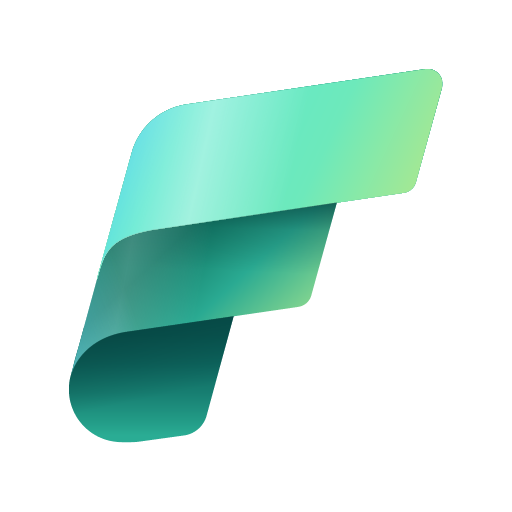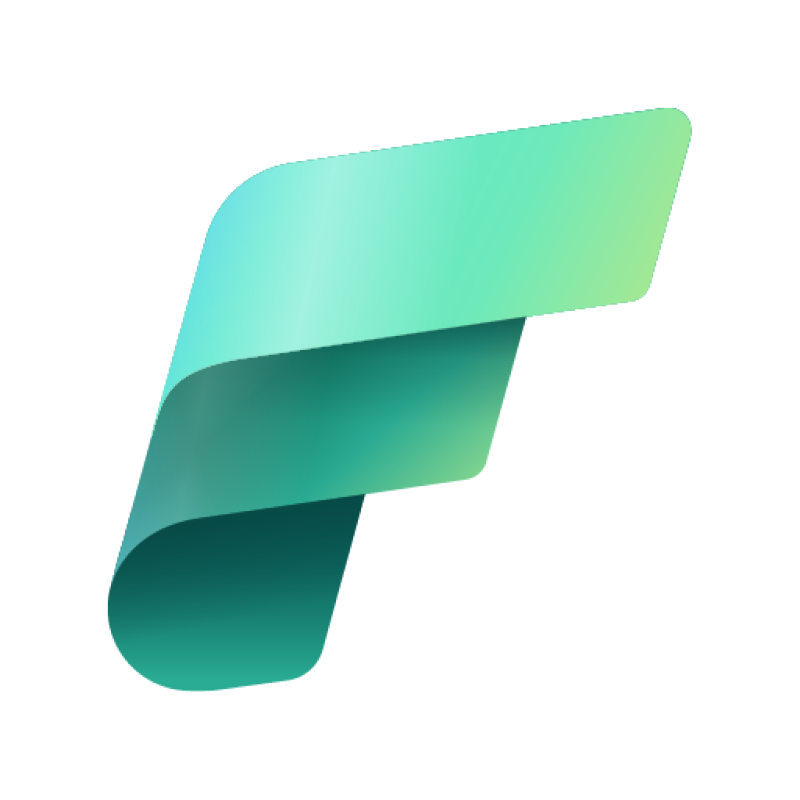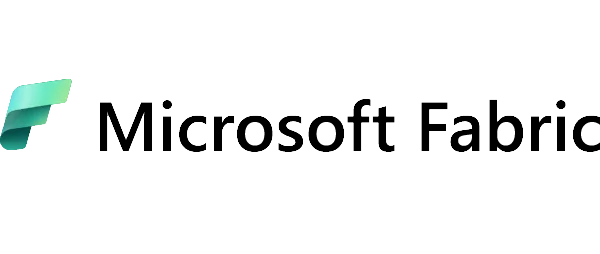
In the digital age, where data is becoming one of a company’s most valuable assets, effective data management and integration becomes crucial. Microsoft Fabric is a modern, end-to-end data management solution that offers advanced tools for data integration, analysis and visualisation. In this article, we will discuss how data integration works in Microsoft Fabric, what capabilities the solution offers and why it is valuable for companies that want to maximise their data potential.
What is Microsoft Fabric and what are its main functions?
Microsoft Fabric is an integrated data management system developed by Microsoft that offers a range of tools for data analysis, visualisation, machine learning and database management. A key feature of MS Fabric is its ability to combine data from various sources, such as SQL databases, CRM systems, CSV files, cloud platforms such as Azure or AWS, and data from ERP systems and other local sources. This allows companies to create a holistic view of data that helps make better business decisions.
Microsoft Fabric also integrates with other Microsoft services such as Power BI, Power Apps and Azure Data Factory, enabling companies to create fully integrated data environments where all elements work together to deliver accurate, reliable and timely information.
Benefits of the main features of Microsoft Fabric:
- Facilitated data analysis and visualisation through integration with Power BI.
- Efficient process automation through collaboration with Power Apps.
- Ability to manage data in the cloud using Azure Data Factory.
How does data integration work in Microsoft Fabric?
Data integration in Microsoft Fabric is based on three key elements: merging, transforming and synchronising data from different sources. This process is done through components such as Data Factory, which enable data to be collected from multiple sources and then processed understandably. With ETL (Extract, Transform, Load) tools, data can be collected, transformed according to the company’s needs and then loaded into target databases.
Microsoft Fabric offers various data linking models, such as:
- Real-time connection – data is processed in real-time, allowing for instant updates on analysis results.
- Data replication – data is copied to the target database, allowing analyses to be performed quickly and stably.
- Data flows – these allow data to be processed in batches, which is useful for large volumes of data.
According to Microsoft, companies using MS Fabric can reduce processing times by up to 40 per cent, resulting in time and resource savings and faster decision-making.
Why invest in data integration?
Investing in data integration in Microsoft Fabric has many benefits for companies looking to optimise their operations and better understand their business. When properly combined, Data from disparate sources can create a coherent picture of an organisation, which translates into better management of resources and identification of new business opportunities.
Benefits of investing in data integration:
- Faster access to key information – with data integration, information is available in real time, speeding up decision-making processes.
- Improved data quality – integration enables the elimination of duplicate and inconsistent data.
- Cost optimisation – automating data processes reduces data management costs.
- Increased competitiveness – data allows the market to be monitored continuously and respond quickly to changes.
Examples of the use of Microsoft Fabric
Microsoft Fabric is used by various companies and industries that need a flexible and scalable data management solution. Application examples include:
- Retail industry – In the retail industry, Microsoft Fabric enables efficient collection and analysis of customer data from a variety of sources, such as sales systems, mobile apps, websites and loyalty programmes. By integrating this data, retailers can gain a more complete picture of customers’ purchasing preferences, allowing for more precise market segmentation and personalised offers.
- Healthcare – Microsoft Fabric in the healthcare sector plays a key role in integrating and analysing patient data from a variety of sources, such as electronic medical records, lab results, imaging data and information from health monitoring devices. This integration gives doctors and medical staff complete and up-to-date access to a patient’s health history, enabling more accurate diagnosis and better treatment planning. The system also supports predictive analytics to identify patients at increased risk of certain conditions and take preventive action, such as scheduling additional tests or follow-up appointments.
- Manufacturing – In the manufacturing sector, Microsoft Fabric allows companies to collect, analyse and integrate data from all supply chain stages, from raw material sourcing to production to distribution and sales. This integration will enable manufacturers to monitor real-time inventory levels, delivery times, production line performance, and machine health. The system also makes it possible to anticipate and prevent logistical problems such as delivery delays or equipment breakdowns, minimising the risk of downtime and production losses.
- Finance and banking – Microsoft Fabric enables banks to integrate data from various sources, such as transaction systems, customer databases and external data, to facilitate risk analysis, compliance monitoring and faster transaction processing. It also allows personalised financial product offerings.
- Education – In the education sector, Microsoft Fabric supports the management of student data, test results and attendance to help schools and colleges better analyse and improve educational outcomes. With cloud integration, universities can track student progress and implement personalised learning programmes.
- Energy – companies in the energy industry use Microsoft Fabric to monitor and manage energy meter data, predict consumption and analyse environmental data. By integrating the data, it is possible to manage the energy network more efficiently and identify potential energy savings.
- Logistics and transport—Microsoft Fabric lets logistics companies analyse real-time data on routes, deliveries, and vehicle status. This enables better route planning, cost optimisation, and fleet health monitoring, resulting in efficient and safe operations.
- Marketing and advertising – marketing agencies use Microsoft Fabric to integrate data from various campaigns, channels, and social media sources. This enables them to analyse campaign effectiveness more accurately, personalise advertising messages, and quickly adapt marketing strategies to current trends and consumer behaviour.
- Public sector— in public administration, Microsoft Fabric supports the collection and analysis of data from different departments, enabling more efficient resource management and a better response to citizens’ needs. It also provides an opportunity to monitor and streamline administrative processes.
- Insurance industry – insurers can integrate customer, policy, claims and external data, enabling better risk assessment, automation of claims processes and personalisation of insurance offers.
Companies that use MS Fabric can speed up decision-making processes by an average of 35%, affecting their competitiveness and profitability.
Summary
Microsoft Fabric is a solution that enables companies to make the most of their data assets. Data integration provides a complete view of the business, which is invaluable for companies seeking to increase their efficiency and competitiveness. Using Fabric provides faster access to data, reliability, and consistency of information, optimising data management costs. Companies investing in Microsoft Fabric undoubtedly gain an advantage in the market by better understanding and utilising the data they have.



